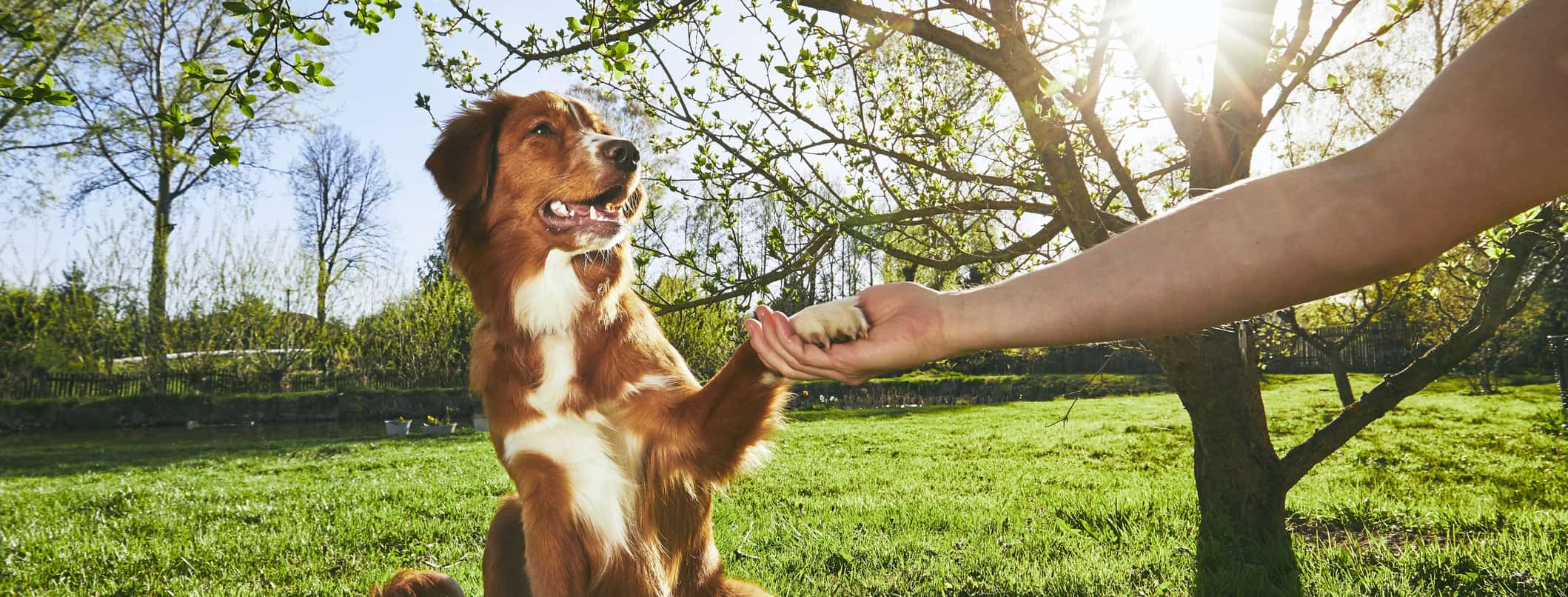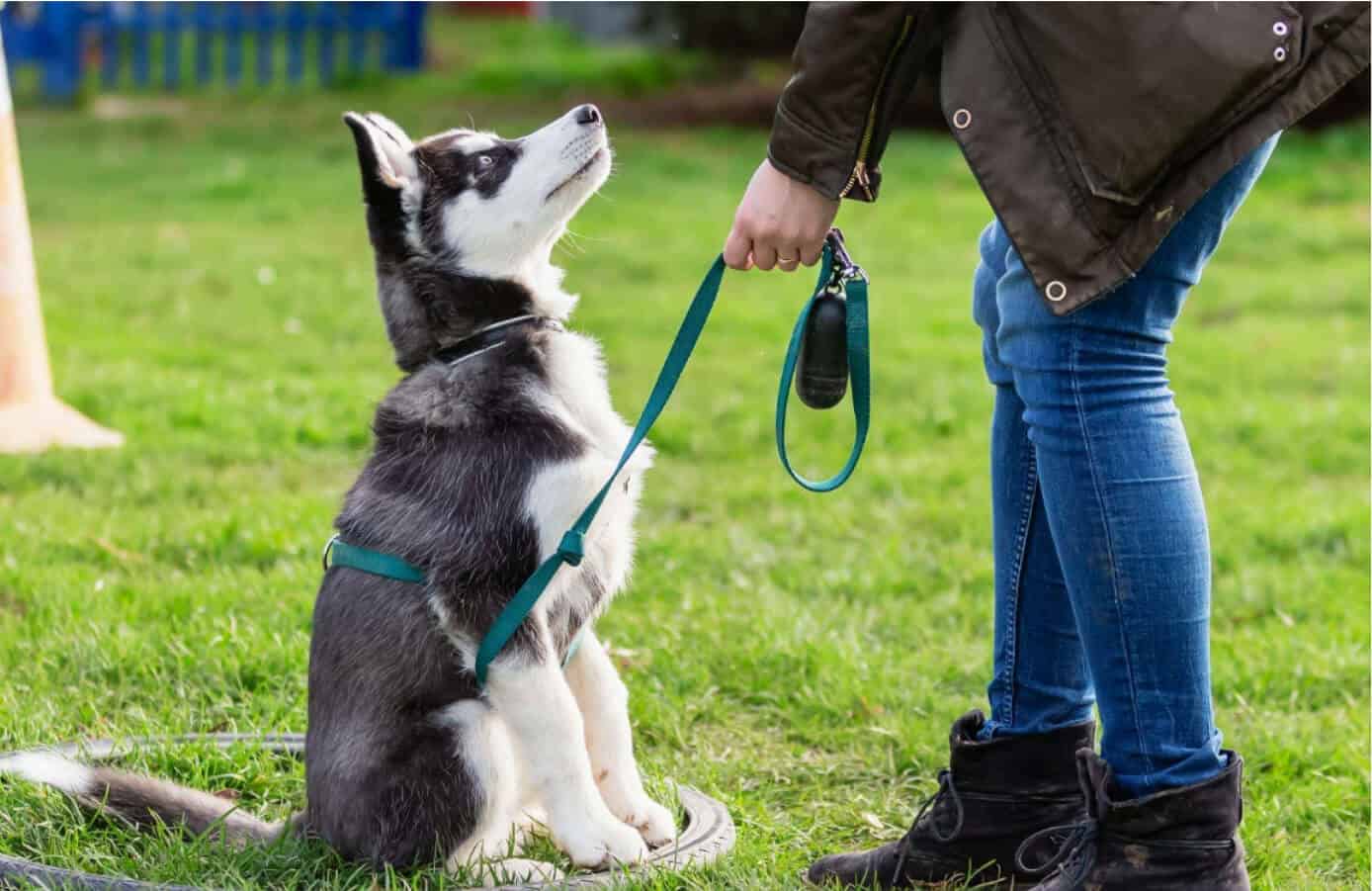Usual Behavioral Issues and Their Solutions in Dog Training
Usual Behavioral Issues and Their Solutions in Dog Training
Blog Article
Essential Tips for Successful Dog Training: A Guide for Animal Owners
Efficient pet training is a complex process that calls for a tactical method tailored to both the animal's temperament and the owner's goals. Trick components such as establishing consistent commands, utilizing positive support, and helping with early socialization play crucial functions in cultivating a well-adjusted canine friend. Nonetheless, many family pet proprietors encounter challenges that can hinder progress, causing aggravation and uncertainty. Understanding just how to browse these challenges can substantially improve the training experience, eventually transforming the relationship in between owner and dog. What are the vital techniques that can be employed to make certain success in this endeavor?
Comprehending Canine Habits
Recognizing pet dog actions is vital for reliable training and cultivating a harmonious partnership in between dogs and their owners. dog training. Pet dogs connect mainly through body language, vocalizations, and activities, making it critical for proprietors to translate these signals precisely.

Socialization plays a considerable function in canine behavior; exposure to various environments, individuals, and various other pets can significantly impact a dog's temperament. Furthermore, factors such as type characteristics and individual personality need to assist training techniques, as some breeds may have specific behavior qualities that require customized methods. By understanding these aspects, proprietors can create an encouraging atmosphere that urges favorable actions, causing successful training outcomes and a much deeper bond with their family pets.
Establishing Regular Commands
Efficient communication with your pet dog begins with developing constant commands. This fundamental aspect of training is important for fostering understanding in between you and your animal. Uniformity in the commands you use makes certain that your canine can dependably associate certain words or expressions with the preferred actions.
When choosing commands, select clear, distinctive words that are easy to separate and state from each other. Avoid utilizing similar-sounding commands that might confuse your dog. For instance, making use of "sit" and "stay" is ideal, but "sit" and "struck" might lead to misunderstandings.
Additionally, preserve the exact same tone and quantity for every command. Pets are sensitive to vocal cues, so differing your tone can create confusion.
It is just as vital to make sure that all member of the family are on the very same web page pertaining to the commands used. A united front in command usage will certainly stop blended signals and reinforce the knowing process.
Favorable Support Techniques
The power of favorable support in pet dog training lies in its ability to urge preferred behaviors with benefits and praise. This strategy is grounded in the concept that habits adhered to by beneficial end results are most likely to be repeated. By incorporating favorable reinforcement right into your training program, you can efficiently form your pet dog's behavior in a useful manner.
To implement favorable support, it's essential to determine what encourages your pet, whether it be treats, toys, or spoken praise. When your pet executes a preferred activity, such as resting on command, instantly compensate them with a reward or love. This association in between the command and the favorable outcome enhances their understanding.
It's crucial to timing the incentives correctly; providing the support within seconds of the wanted habits aids your canine make the link (dog training). In addition, consistency is key-- ensure that all family participants use the exact same commands and incentive systems to avoid confusion

Gradually, you can lower the regularity of treats as your canine finds out the behavior, transitioning to commend or periodic rewards. This method not just cultivates top article a strong bond in between you and your canine however also promotes a favorable learning atmosphere, making educating a pleasurable experience for both.
Socialization and Interaction
Constantly revealing your canine to a range of atmospheres, individuals, and other pets is vital for their social growth. Socializing ought to begin early, ideally during the critical window of 3 to 14 weeks, when pups are most responsive to brand-new experiences. Older pets can additionally profit from continuous socialization efforts.
Introduce your dog to various settings, such as parks, pet-friendly stores, and urban locations. This direct exposure helps them adapt to numerous stimulations, reducing anxiousness and anxiety responses. Urge favorable communications with other dogs and individuals, ensuring that these encounters are regulated and secure to cultivate self-confidence.
Use organized playdates with genteel pet dogs, as this can boost your canine's social abilities and show them suitable actions. Obedience classes and training sessions also offer excellent possibilities for socialization, permitting your canine to connect with others in a supervised setting.
Monitor your pet dog's body language during communications, as this will aid you assess their convenience degree. Gradually raise exposure to even more challenging scenarios while making sure that each experience declares. A well-socialized pet dog is most likely to show balanced actions, making them a pleasure to have in any kind of setting.
Resolving Usual Training Difficulties
Every pet dog owner will certainly encounter training difficulties at some time, despite their canine's age or socializing degree. Identifying common problems such as stubbornness, distractions, and fearfulness can assist in creating reliable approaches for enhancement.

Gradually introduce distractions as the dog comes to be extra skillful in commands. Short, constant training sessions are also effective in keeping focus.
Fearfulness can hinder a dog's discovering procedure. Progressive desensitization to the source of fear, paired with favorable support, look at this web-site can assist relieve stress and anxiety. Patience is important; never ever require a dog right into a circumstance that creates distress, as this might worsen the issue.
Ultimately, understanding and attending to these common obstacles with a structured method will certainly promote a more effective training experience, enhancing the bond in between pet and owner while advertising efficient knowing.
Verdict
In summary, successful dog from this source training counts on an extensive understanding of canine behavior, the establishment of regular commands, and the application of positive support strategies. Socialization plays an essential duty in developing well-adjusted pet dogs, while attending to common training obstacles requires persistence and adaptability. By carrying out these essential approaches, animal proprietors can foster a strong bond with their pet dogs and advertise preferable behaviors, eventually leading to a harmonious connection in between humans and their canine companions.
Recognizing dog behavior is necessary for reliable training and fostering a harmonious relationship in between dogs and their owners.Socializing plays a substantial role in pet actions; direct exposure to different atmospheres, people, and other animals can dramatically impact a canine's temperament.The power of favorable support in dog training lies in its ability to motivate preferred habits via incentives and appreciation. By including favorable support right into your training routine, you can effectively shape your dog's behavior in a constructive manner.
In summary, effective pet training counts on a comprehensive understanding of canine behavior, the facility of regular commands, and the application of favorable reinforcement techniques.
Report this page